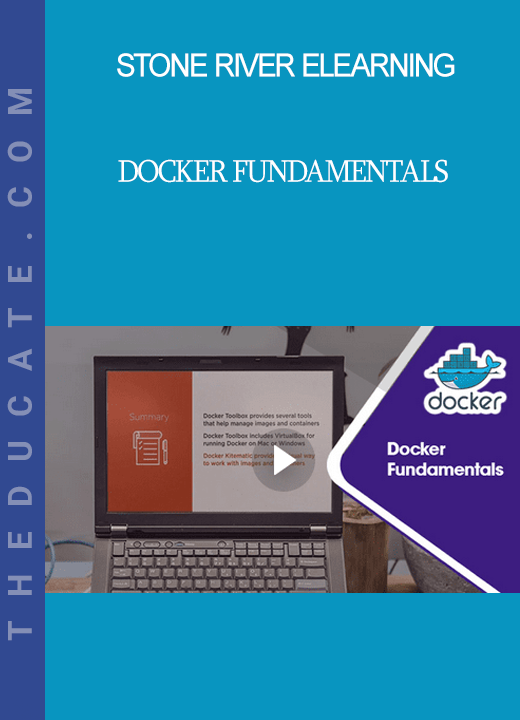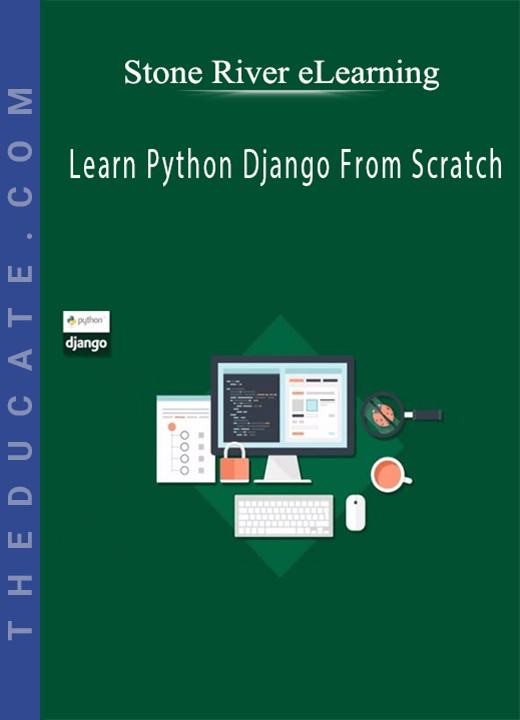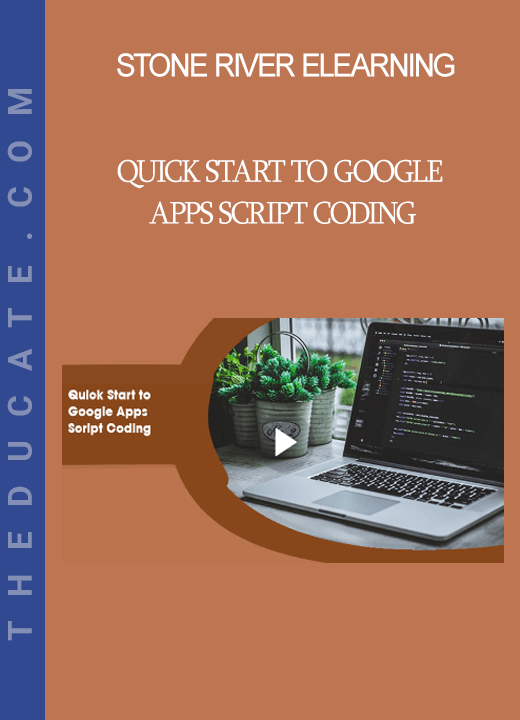Description
Stone River Elearning – Docker Fundamentals
Docker is the most widespread and useful container platform for rapid application development and delivery. Docker is a set of platform services that use virtualization to deliver software through containers. This exciting technology is incredibly valuable to developers and operations personnel alike because of how much it eases maintenance and configuration issues. In this course, Docker expert Julian Fahrer provides instruction to give you all the knowledge you need to get started with Docker. Through this course you will learn to install and configure docker, how to create your own containers, how to use containers provided by others, and how to work with those containers to create scalable applications. This course is aimed at those with little to no experience with Docker. Before taking this course you should have good familiarity with computers and working with files.
Course Curriculum
- Welcome to Docker Fundamentals
- What is Docker (1:28)
- What are Containers (1:09)
- Containers vs VMs (2:31)
- Why Docker – Intro (0:20)
- Why Docker for Devs (2:56)
- Why Docker for Ops (1:51)
- Is It New? (0:50)
- Where Does It Run? (1:16)
- And Windows Containers? (0:29)
- Versions of Docker (3:24)
- Introduction (0:22)
- What to Install (1:54)
- Docker for Mac (2:32)
- Docker for Windows (2:21)
- Docker for Linux (2:12)
- Docker Toolbox (0:48)
- Docker Machine (3:27)
- Creating Docker Machines (3:49)
- Creating Docker Machines II (1:29)
- Introduction (0:22)
- Running Your First Container (2:04)
- ing a Shell (3:06)
- Finding Images (0:46)
- Letting Things Run (4:09)
- Cleaning Things Up (2:12)
- Hints (1:33)
- Publishing a Service (3:17)
- Data in Containers (2:10)
- Isolation (2:36)
- Container Communication (2:22)
- User Defined Networks (2:52)
- The CLI (3:08)
- Hiding Legacy Commands (1:35)
- Getting Help (1:19)
- Introduction (0:33)
- What is an Image (1:05)
- Managing Images (3:02)
- Repositories and Tags (2:56)
- Registries (1:03)
- Creating a Docker ID (0:18)
- Meet Docker Hub (2:52)
- Docker Store (1:50)
- Docker Login (0:25)
- Creating Images (3:09)
- Comments (0:56)
- Pushing Images (2:27)
- Docker Cloud (1:46)
- Hub, Store, Cloud? (2:26)
- Docker Plugins (2:10)
- Using a 3rd Party Registry (2:20)
- Your Own Image (2:22)
- Introduction (0:17)
- Detaching and Attaching (1:55)
- Visit Your Container (2:08)
- Interacting with Containers (1:33)
- Stopping a Container (2:54)
- The End of Containers (2:47)
- Debugging the Issue from the Last Course (3:26)
- Becoming PID1 (3:39)
- Verifying it’s PID1 (0:25)
- Reading Logs (2:05)
- Producing Logs (3:20)
- Using Logfiles (2:32)
- Logging Errors (0:37)
- Introduction (0:35)
- Mounting Data (2:46)
- Shortening the Command (1:36)
- The Mount Option (2:41)
- Volumes (1:49)
- Naming Volumes (3:00)
- Using Mount for Volumes (2:13)
- Managing Volumes (2:46)
- Disappearing Volumes (1:16)
- The VOLUMES Instruction (2:02)
- Simultaneous Access (0:46)
- Using Volumes from Other Containers (1:23)
- Prepopulating Volumes (1:52)
- When to Use Volumes (3:36)
- Introduction (0:19)
- Copying Data (2:42)
- Using Wildcards (2:30)
- Copying Multiple Files (2:50)
- The Magic of ADD (3:21)
- Ignoring Files (2:36)
- Introduction (0:34)
- Publishing Ports (3:28)
- Publishing Multiple Ports (1:03)
- The EXPOSE Instruction (1:33)
- What Will Be Published (0:48)
- Links (2:55)
- User Defined Networks (2:31)
- Resolving Hostnames (2:31)
- User Defined Networks and Links (0:52)
- Sharing Names (1:15)
- Introduction (0:43)
- The Environment (2:46)
- The ENV Instruction (2:44)
- More on ENV Vars (2:20)
- Postgres in a Nutshell (1:35)
- Configuring Postgres (3:57)
- Using the Database (3:06)
- Try it Out (1:07)
- Multiple Containers (1:19)
- How it Works (3:39)
- Introduction (0:22)
- What We Will Build (2:17)
- A Basic Image (3:00)
- Testing the Image (2:08)
- Substituting ENV Vars (3:36)
- Making it Dynamic (3:20)
- Running the Load Balancer (3:02)
- It Does Not Stop (1:50)
- Using the Load Balancer (1:48)
- Scaling the App (3:18)
- Introduction (0:31)
- Compose Example (2:06)
- An Introduction to YAML (2:49)
- Our First Compose File (3:09)
- Compose Resources (3:05)
- Configuring Our Database (3:00)
- Using a Volume (2:37)
- Interacting with Containers (2:54)
- Integrate the Demo_Web_App (1:18)
- Managing Environment Variables (3:23)
- Managing Environment Variables (1:48)
- Limitations of Depends_On (3:01)
- Integrate the Load Balancer (1:23)
- Enhancing the Load Balancer (2:12)
- Building the Load Balancer (3:10)
- Scaling a Service (2:44)
Sale Page: https://stoneriverelearning.com/p/docker-fundamentals
Archive: https://archive.ph/wip/GBo4R







Reviews
There are no reviews yet.